Acupuncture for facial pain
Facial pain commonly results from temporomandibular joint (TMJ) disorder. The temporomandibular joint is susceptible to many of the conditions that affect other joints in the body, including ankylosis, arthritis, trauma, dislocations, developmental anomalies, neoplasia and reactive lesions.
Symptoms usually involve more than one of the numerous TMJ components: muscles, nerves, tendons, ligaments, bones, connective tissue and the teeth. Symptoms can include difficulty in biting or chewing, jaw pain or tenderness of the jaw, clicking, popping, or grating sounds when opening or closing the mouth, reduced ability to open or close the mouth, a dull, aching pain in the face, dizziness, headache or migraine (particularly in the morning), neck and shoulder pain, blinking, ear pain, hearing loss and tinnitus. Conventional treatment of a patient with chronic facial pain includes analgesics, NSAIDs, an occlusal splint (bite guard), cognitive behavioural therapy, physiotherapy and surgery.
Acupuncture is used in China as a primary treatment of choice for TMJ and research studies conducted in the West support that acupuncture may be an effective alternative treatment for patients with primary Raynaud’s syndrome.
Research has shown that acupuncture treatment may specifically help in the management of facial pain by:
- acting on areas of the brain known to reduce sensitivity to pain and stress, as well as promoting relaxation and deactivating the ‘analytical’ brain, which is responsible for anxiety and worry
- increasing the release of adenosine, which has antinociceptive properties
- inducing antinociception by activating the opioid pathway or the L-arg/NO/cGMP pathway
- exciting or inhibiting the anterior temporalis muscle via reflex pathways and thus smoothing jaw opening and closing
